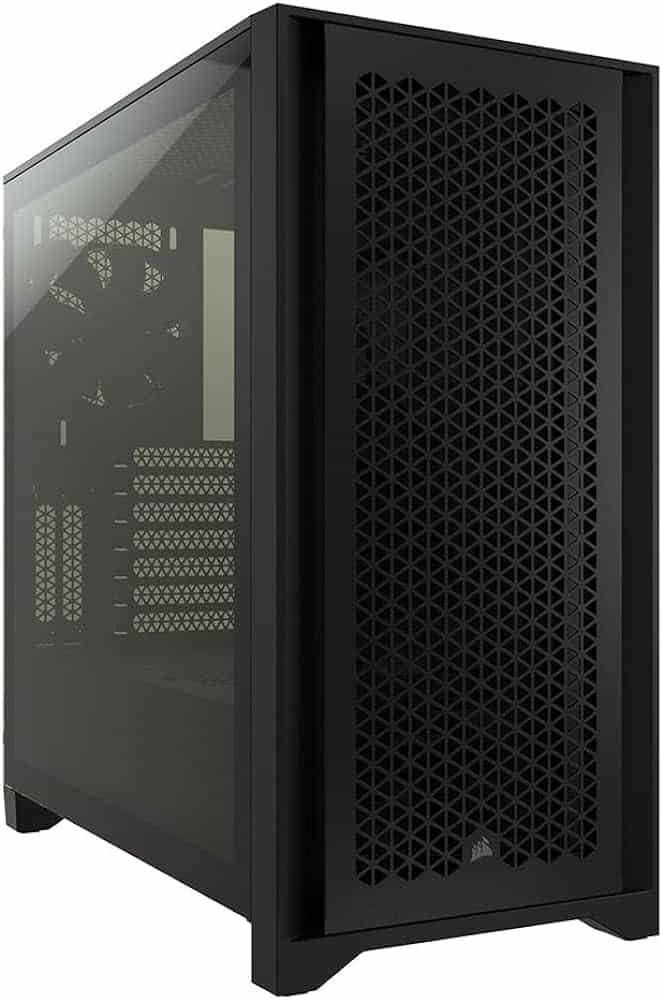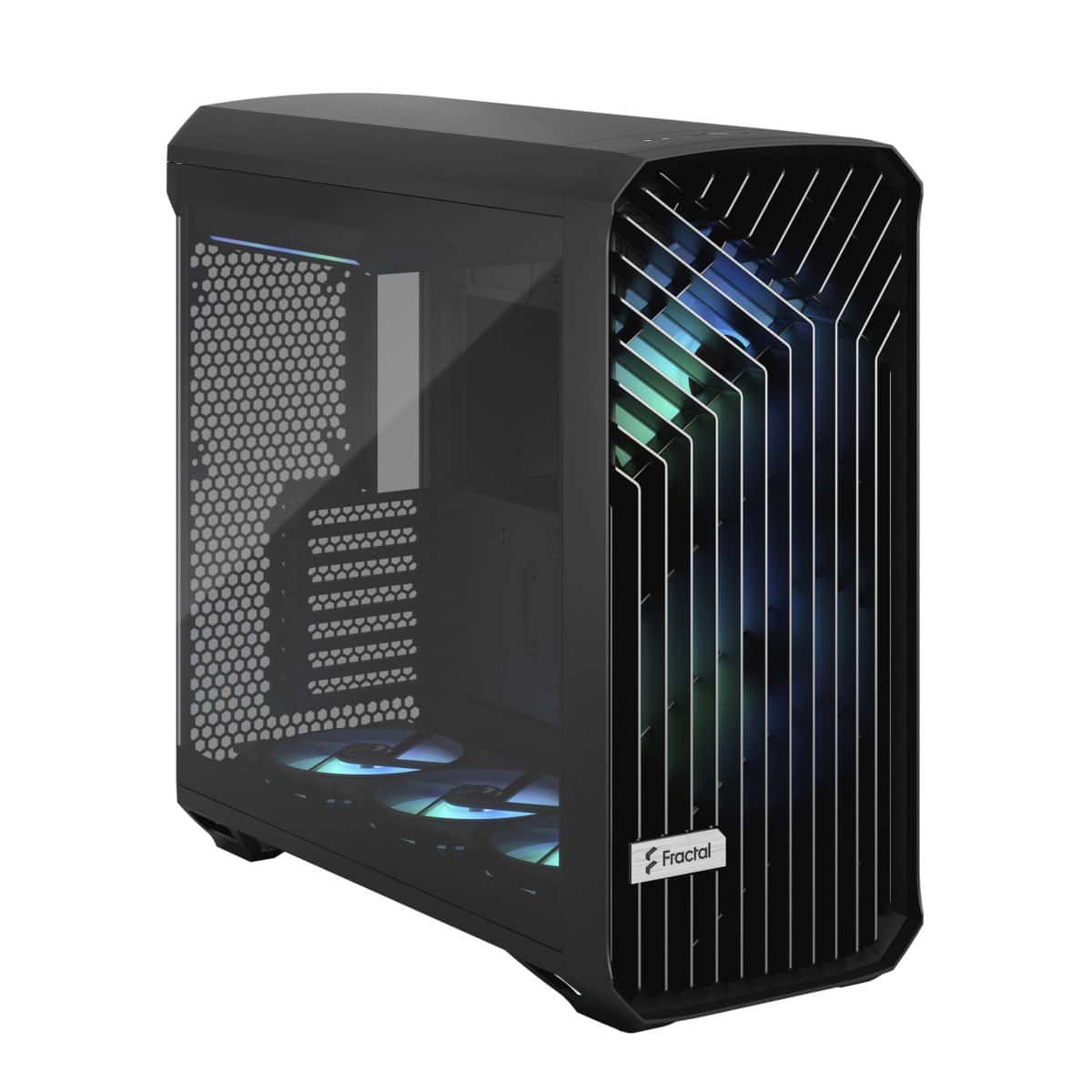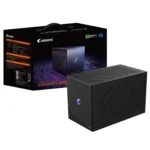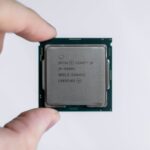When building or upgrading a computer, it is important to ensure that the components are kept cool and functioning at their best. The case, which is more than just a shell for the parts, plays a vital role in directing air through the system. One popular type of case is the ATX case, which is compatible with standard ATX motherboards and comes in various designs aimed at enhancing airflow. To find the best ATX cases for airflow, you should consider factors like case size, the number of fans supported, and the layout of internal components.
A well-ventilated case can prevent overheating and prolong the life of your PC components. Many of the top options for airflow feature mesh fronts or side panels, dedicated pathways for air, and support for multiple fans or liquid cooling systems. These cases often include dust filters to maintain a clean internal environment and clear cable management options to reduce airflow obstructions. Consumers should look for cases that strike a balance between efficient cooling mechanisms and the flexibility to build a system that meets their needs.
Beat the Heat: Top ATX Cases for Optimal Airflow
Keeping your PC components cool is crucial for performance and longevity. A case with excellent airflow is the foundation of a well-cooled system. Here’s a breakdown of some of the best ATX cases designed for maximum airflow, along with their key features:
What is an ATX Case?
ATX (Advanced Technology Extended) is a motherboard size standard, and ATX cases are designed to accommodate ATX motherboards along with other standard PC components.
Why is Airflow Important?
Good airflow allows heat to dissipate quickly, preventing your components from overheating. Overheating can lead to performance throttling, instability, and even hardware damage in extreme cases.
Our Community Picks
Here’s a top 10 table summarizing the best ATX cases for airflow as rated by our community:
| Rank | Case Model | Key Features | Price Range |
|---|---|---|---|
| 1 | Fractal Torrent | Superb airflow, high build quality, accommodates large GPUs | $200-$300 |
| 2 | Corsair 4000D Airflow | Great value, efficient airflow, easy cable management | $80-$100 |
| 3 | Lian Li LANCOOL 216 | High CPU cooling performance, easy to build, reasonable price | $85-$110 |
| 4 | NZXT H5 Flow | Compact design, solid airflow, stylish | $90-$120 |
| 5 | be quiet! Pure Base 500DX | Quiet operation, ample airflow, includes ARGB lighting | $120-$160 |
| 6 | Phanteks P500A | Great cooling, sleek design, three 140mm fans included | $130-$170 |
| 7 | Fractal Meshify 2 | Modular design, excellent airflow, fits large GPUs | $160-$220 |
| 8 | Corsair 7000D Airflow | Massive size, accommodates various cooling setups, efficient | $200-$280 |
| 9 | Lian Li LANCOOL III | Solid build, versatile, excellent airflow | $150-$200 |
| 10 | NZXT H7 Flow | Minimalist design, strong cooling, ample room for components | $130-$170 |

These cases were highlighted for their cooling efficiency, spacious interiors, and additional features like dust filters, aesthetics, and cable management. The Fractal Torrent was frequently mentioned for its airflow efficiency, while other models like the Corsair 4000D Airflow and Lian Li LANCOOL 216 offer a balance between cost and performance.
Our Picks For Top Airflow ATX Cases
| Case Name | Key Features | Price Range |
|---|---|---|
| Corsair 5000D Airflow | Spacious design, excellent fan support, included fans, dust filters | $150 – $180 |
| NZXT H7 Flow | Minimalist design, ample space, good airflow, vertical GPU mount option | $130 – $150 |
| Fractal Design Meshify 2 Compact | Versatile, excellent airflow, removable front filter, good build quality, multiple color options | $120 – $150 |
| Lian Li Lancool 216 | Mesh panels, modular design, pre-installed fans, good value | $100 -$120 |
| Phanteks Enthoo Pro 2 | Huge case, support for massive radiators and fans, highly customizable | $140 – $160 |
Factors to Consider
- Size: Choose a case that fits your motherboard and other components.
- Fan Support: Look for cases with multiple fan mounts and good radiator support if you plan on liquid cooling.
- Dust Filters: These help keep your system clean and improve long-term airflow.
- Aesthetics: Choose a case that fits your personal style.
Beyond the Case
While the case is a major factor, here are some additional tips for improving airflow:
- Cable Management: Tidy cables ensure they don’t obstruct airflow paths.
- Fan Configuration: Experiment with fan placement for optimal intake and exhaust balance.
By choosing the right ATX case and optimizing your setup, you can maintain excellent temperatures and ensure your PC performs at its best.
Key Takeaways
- Effective airflow is essential for maintaining component longevity and peak performance.
- The best ATX cases provide ample support for fans and cooling solutions along with dust management.
- Good cable management and case design are key to optimizing airflow in PC builds.
Fundamental Aspects of Airflow
Airflow in a PC case is crucial for maintaining optimal temperatures and ensuring that hardware such as the GPU and CPU operate efficiently. This section examines why airflow is imperative for cooling and performance, what makes an ATX case excel in airflow, and how different form factors compare.
Understanding Airflow and Its Importance
The movement of air through a PC case, known as airflow, is essential for dissipating heat. Effective airflow carries warm air away from key components like the CPU and GPU and replaces it with cooler air. A case with good airflow can significantly enhance the thermal performance of a system, preventing overheating and potential throttling of component speeds.
Key Features in High Airflow ATX Cases
When evaluating ATX cases for high airflow, certain features stand out:
- Fan Placement and Size: Cases should support multiple large fans for intake and exhaust to create an effective air stream.
- Dust Filters: These protect against dust while not impeding airflow.
- Cable Management: Proper routing space keeps cables tidy, reducing airflow obstruction.
- Mesh Panels: These allow air to pass through easily, improving overall case ventilation.
An optimally designed case will balance these features to maximize airflow without increasing noise levels disproportionately.
Comparative Analysis of Form Factors
Form factor indicates the size and shape of a PC case, directly impacting airflow:
- Mid-Tower ATX Cases: Typically offer a balance between size and airflow potential, with adequate space for hardware and fans.
- Full-Tower ATX Cases: Provide more space, potentially improving airflow due to larger internal volume but may require more fans to maintain air movement.
- Mini-ITX Cases: The smallest form factor, challenging to cool efficiently due to limited space for airflow and fewer options for fan placement.
Each form factor brings its own strengths to thermal management, with mid and full-tower cases generally providing the best conditions for effective airflow.
Optimizing PC Case Selection
Choosing the right PC case for airflow is essential for the performance and longevity of the components. A well-ventilated case supports cooling and can make a significant difference in CPU and GPU temperatures.
Balancing Aesthetics and Functionality
When selecting a PC case, it’s important to consider both beauty and function. Cases with tempered glass offer visibility to components and suit those who value aesthetics. However, they should also have features like dust filters and multiple fan mounts to combine form with function and maintain airflow. Good airflow cases ensure components like the CPU and GPU remain cool, even under load, which is crucial for gaming and heavy computing tasks.
Incorporating Effective Cable Management
Cable management directly impacts airflow within a case. Cases that provide cable routing options, including grommets and Velcro ties, help in organizing cables and avoiding air blockage. This can lead to lower temperatures and potentially quieter operation as fans don’t have to work as hard. Builders should prioritize cases with ample space behind the motherboard tray and multiple tie points to keep cables out of critical airflow paths from fans to heat-generating components.
Best Practices for Building in ATX Cases
When building in an ATX case, it’s essential to plan the layout. Install the PSU first, ensuring that its fan faces down or toward an intake area to avoid warm air recirculation. Position the CPU, GPU, and motherboard to benefit from the path of cool air from intake fans. If using a radiator, top or front mounts are most common. Cases like the NZXT H9 Flow not only accommodate large radiators but also allow for effective air path management. Finally, look for cases that support a variety of fan sizes and have options for mounting additional fans or liquid cooling systems to enhance airflow as per component needs.






